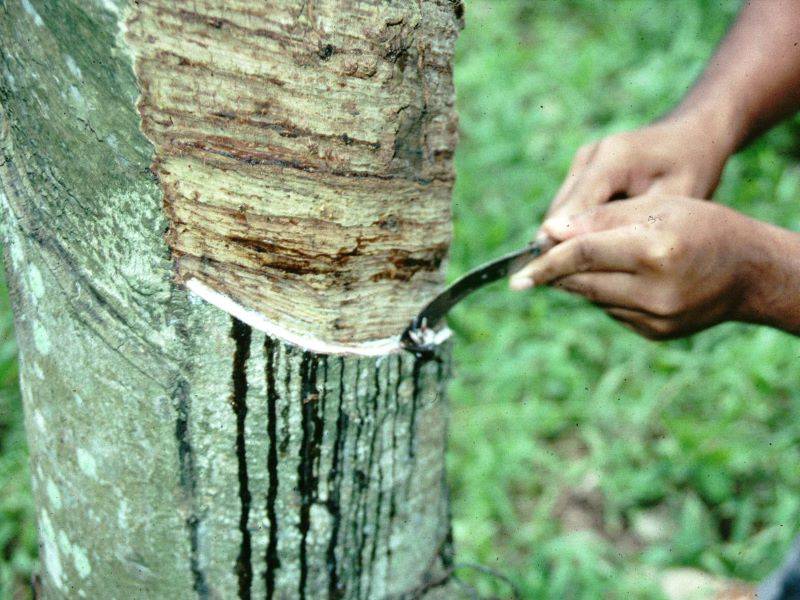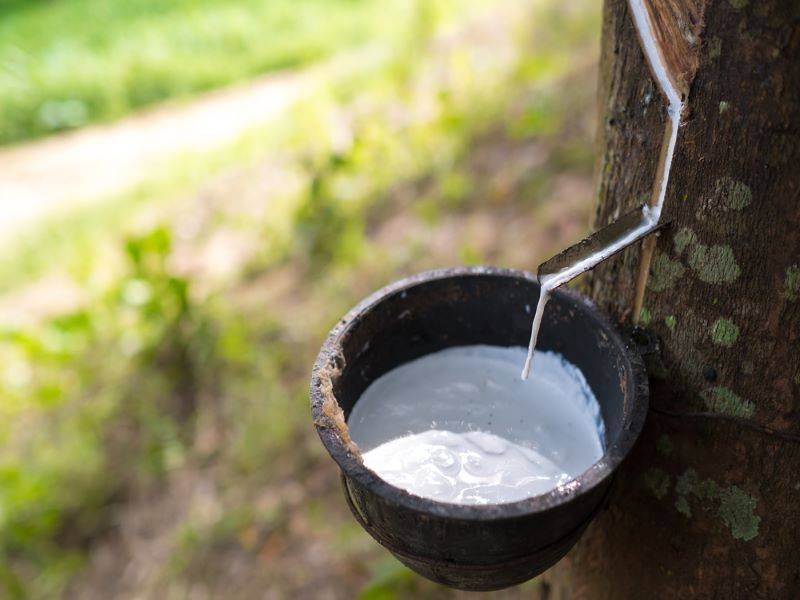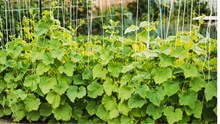
Hevea brasiliensis - native of Brazil's Amazon rainforests, the way these mighty rubber-producing trees flourished the hilly areas of God's own country was discussed in From World Cup to Erasers - How the Rubber from Kerala Conquered the World Market. But how the native of Brazil found Kerala adaptable?
Rubber trees demand certain conditions---a temperature between 25°C to 35°C, high humidity rate of 75%, 5 to 6 hours of adequate sunlight, and about 200 to 300 cm rainfall---being close to the equator, Kerala meets these demands. No wonder the 'gold producing trees', as they are called, felt home at God's own country.
Rubber trees come in different varieties. RRII 5, RRII 105, RRII 414, RRII 430, RRIM 600, RRIM 703, PB 217, PB 235, etc. are a few to name. Known for its high yielding ability, RRII 105 is widely used in Kerala. Soil with a pH value between 5 and 6 is ideal for rubber trees. Good aeration and water content of the soil are equally important.
Beds for planting the saplings are prepared by digging pits of dimensions 50 cm × 50 cm × 75 cm. The pits are then filled with 10 to 12 kg of compost mixed with topsoil, which serves as the nutrient-rich bed. The saplings are then planted in these beds. The saplings are generally planted during June-July months of the year, the monsoon time in Kerala. Agri inputs are supplied from the third month depending on the mineral and nutrient content of the soil. Nitrogen, potassium, phosphorus and magnesium are the essential requirements for the rubber trees. The intake of these elements from the soil is very high that a constant inspection for these elements is important for the healthy growth of rubber trees.

Trees of age 6 to 7 years are ready for tapping (the process of collecting latex from the trees). The width of the tree is important than age when selecting a tree for tapping. The tapping can be done for about 200 to 300 days a year, again it depends on the tree and climatic conditions. Tapping starts early morning. This is done to ensure a healthy flow of latex which can decrease once the tree starts to precipitate under sunlight. The tree barks are prepared and latex that drips from the trees is collected for about 3 hours.
The latex is a white, colloidal solution of polyisoprene suspended in water. The latex collected is mixed with formic acid and allowed to coagulate for up to 6 to 8 hours. This makes the polyisoprene separate from the water and form a thick solid mass. These solid masses are then rolled into sheets using a set of rollers. The processed rubber sheets are then dried in sunlight. The drying can take several days, depending on the temperature and sunlight. The dried rubber sheets are ready for sale.
It's quite amazing to know that the white sticky drops collected from a tree are so important for the functioning of the world. Stay tuned to know more about the price, market demands and related information about rubber production in Kerala.
(To be continued...)















